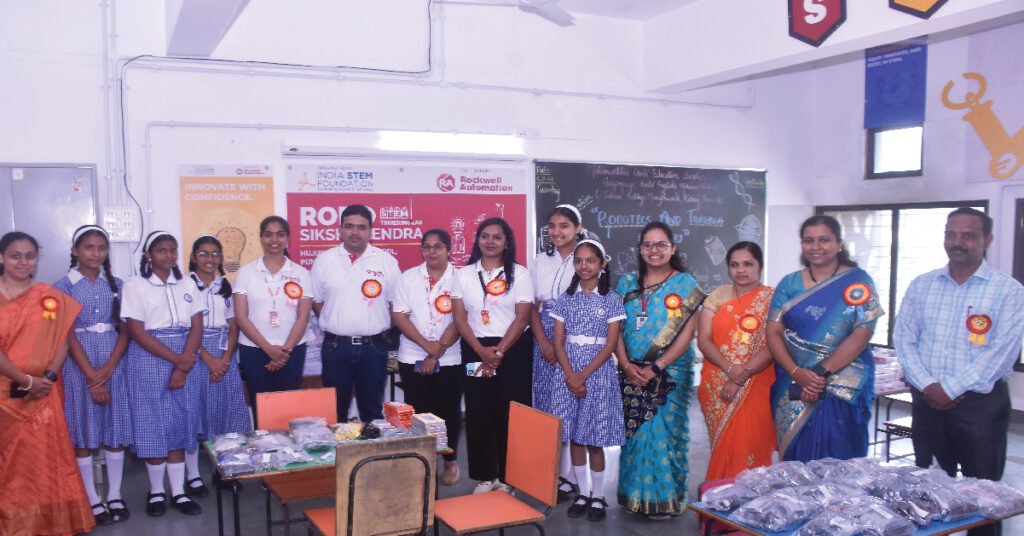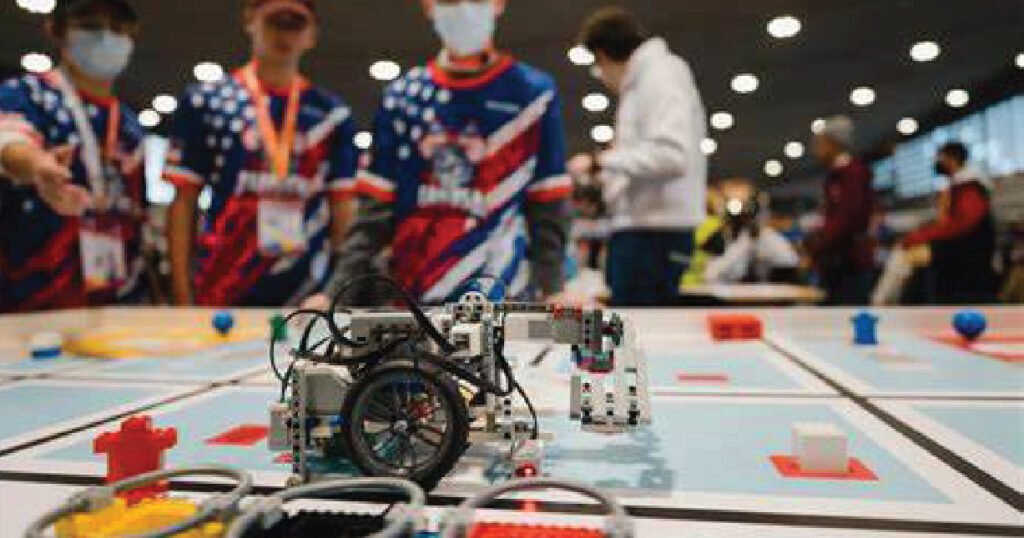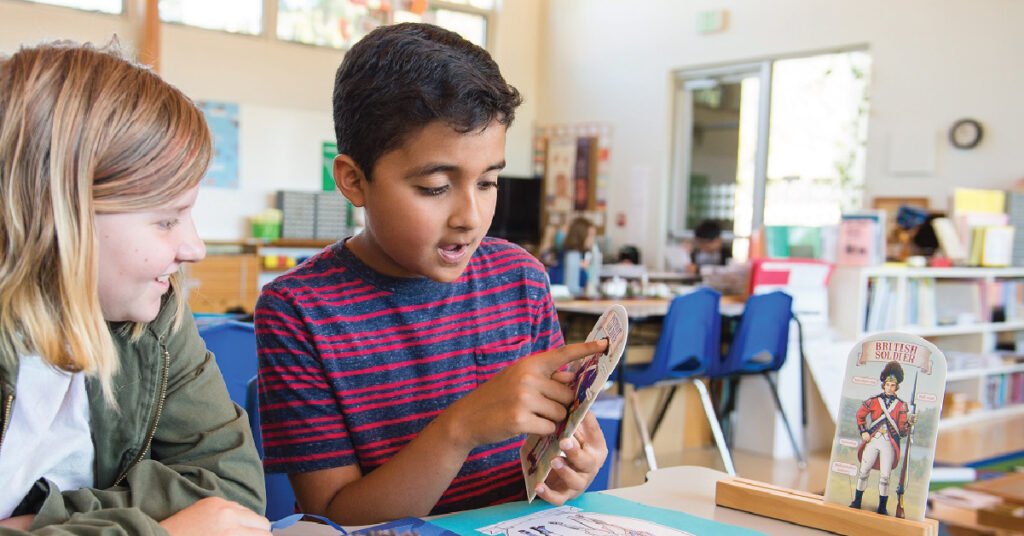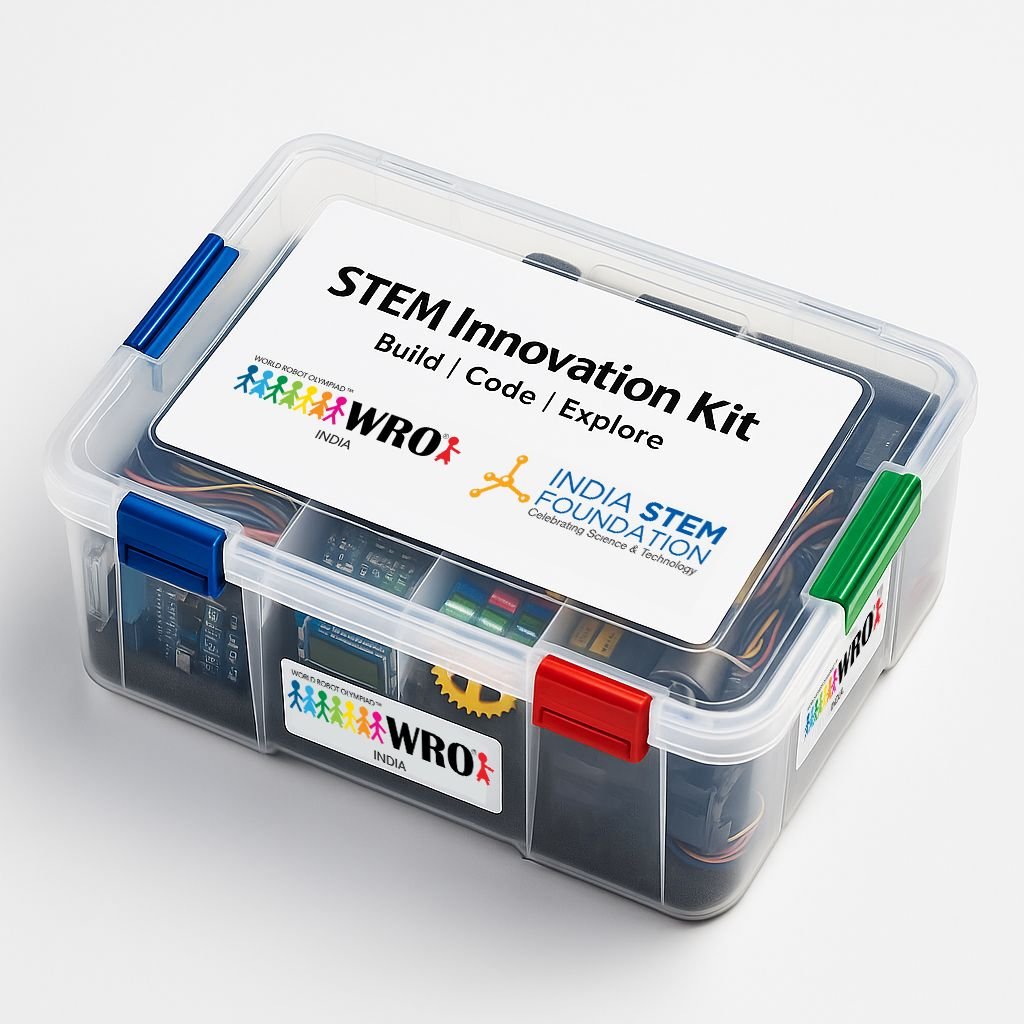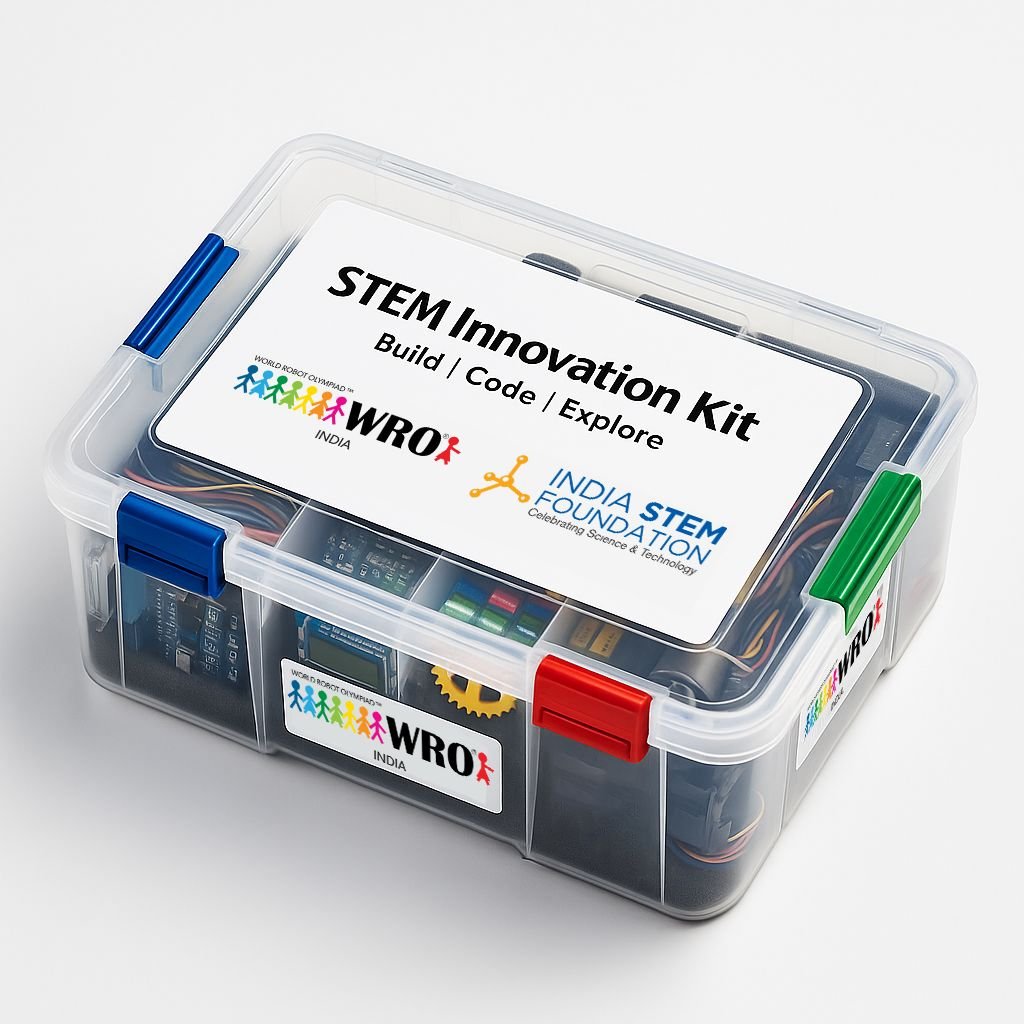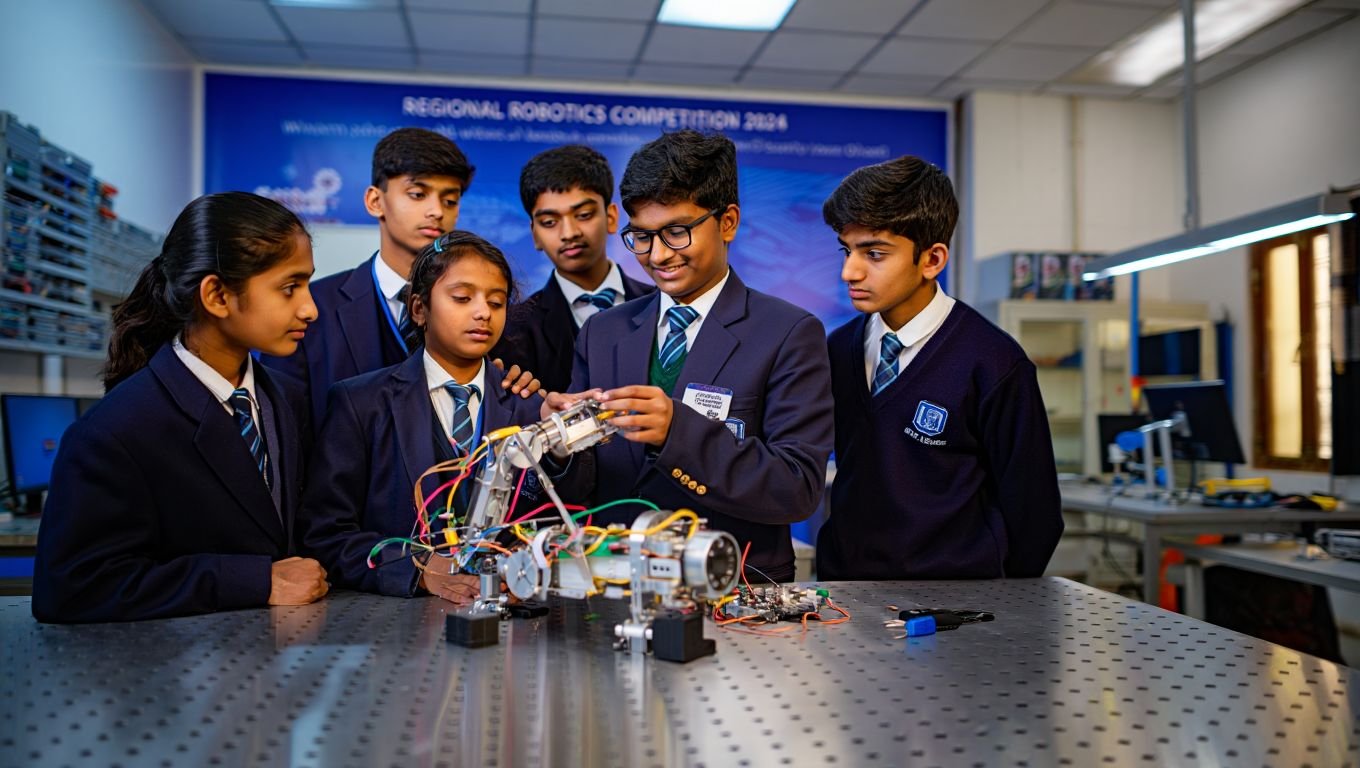Science, technology, engineering, and mathematics, or STEM subjects, have become important forces in innovation and progress in the rapidly evolving world of today. The wide range of academic fields that encompass STEM studies has a cumulative impact on our daily lives, careers, and worldviews. Science explores the fundamental ideas of nature, technology fosters innovation, engineering[…]
Robo Siksha Kendra, an initiative by the India STEM Foundation, embodies the concept of Tinkering Labs aimed at revolutionizing STEM education in India. These labs provide a hands-on learning environment where students can engage with robotics, coding, and engineering, allowing them to experiment and create in a supportive space. Guided by trained facilitators, students collaborate[…]
Combining STEM with Indigenous knowledge is a revolutionary way to teach that values differences in viewpoints and improves problem-solving skills. Indigenous knowledge may be a helpful supplement to traditional STEM techniques since it is based on decades of experience and a strong connection to the land. All students benefit from this integration, which promotes cultural[…]
In the 21st century, the landscape of education is rapidly evolving. Traditional rote learning methods are gradually giving way to more dynamic and interactive approaches. Among these, hands-on learning stands out as a particularly effective method to engage students and equip them with practical skills essential for success in today’s technology-driven world. At the heart[…]
Robotics contests have become a vibrant part of education in the twenty-first century, giving students practical experience in STEM subjects. These contests encourage students to design, construct, and program robots to solve tough tasks. Robotics contests develop critical thinking, creativity, and teamwork in addition to technical ability. They give students a chance to put their[…]
In India, STEM education is essential for putting students on the fast track to success in the workforce. It develops creativity, critical thinking, and problem-solving abilities, giving students the tools they need to succeed in a labour market that is changing quickly. STEM promotes teamwork and creativity by fusing practical projects with real-world applications. All[…]
The term STEM education refers to a teaching strategy that prioritizes these four subjects in order to better prepare children for the future: science, technology, engineering, and mathematics. STEM education integrates practical applications and hands-on learning experiences to foster inventive thinking, problem-solving, and critical thinking skills. STEM education, as opposed to traditional education, pushes students[…]
A number of industries, including education, are being revolutionized by artificial intelligence (AI). The incorporation of AI is changing how students learn and interact with difficult subjects in STEM areas. AI technologies are improving educational performance by adjusting to individual needs and offering real-time help in anything from intelligent tutoring systems to personalized learning experiences.[…]
Today’s education is built around STEM education, which gives students the tools they need to address pressing global issues. It is critical to incorporate sustainability ideas into STEM courses in light of the world’s growing environmental issues, such as pollution, resource depletion, and climate change. Students may get a greater awareness of ecological concerns and[…]
In STEM education, practical learning—which is defined by hands-on activities and real-world problem-solving—is becoming more and more important. In contrast to conventional theoretical methods, hands-on learning involves students actively investigating, testing, and utilizing STEM topics. By bridging the gap between theory and practice, this experiential approach enables students to interact directly with the subject matter[…]

